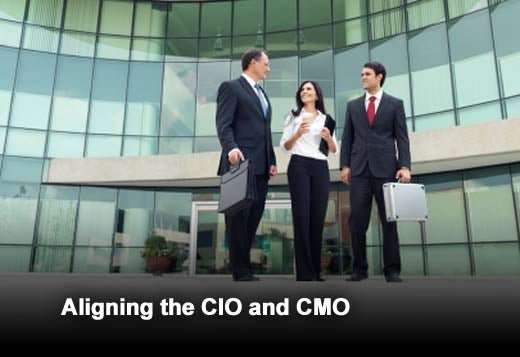An organization’s marketing team has traditionally been charged with owning a brand’s image, a big part of which requires attracting and engaging both new and existing customers. But the era of digital disruption has forever changed the way organizations do business. This has, as a result, introduced the role of the digital marketer and brought to light new ways to reach and engage customers. Here are five ways, identified by Tom Wentworth, CMO, Acquia, that technology, paired with marketing know-how, can help organizations more effectively reach their target audiences, create brand loyalists and ultimately generate revenue.
Click through for five ways that technology, paired with marketing know-how, can help organizations more effectively reach their target audiences, create brand loyalists and ultimately generate revenue, as identified by Tom Wentworth, CMO, Acquia.
Get personal
The days of “one size fits all” marketing are over. Technology has introduced an incredible opportunity for organizations to better understand who their customers are. When marketers understand why and how customers visit and return to an organization’s digital properties, they can better cater to customers’ wants and needs. With technology, it’s easier for digital marketers to gather information on customers, and then deliver personalized digital experiences, taking a big step forward in helping drive conversions.
Set and measure goals
Marketers recognize the opportunity that customer data presents, but manually mining and interpreting data is impossible at scale. Luckily, new technologies are emerging, which automate the process and offer insights that may have otherwise gone unnoticed. Also, with new tools, digital marketers can more easily measure brand awareness and conversion goals. With better insight into what’s working, organizations can roll out the best-performing strategies throughout the entire organization.
Driving conversions = generating revenue
Pairing marketing knowledge with advances in marketing technology introduces a great opportunity for digital marketers: the ability to drive revenue. As we’ve discussed, providing customers with relevant and personal digital experiences can drive more conversions, which can lead to an increase in revenue. It’s ultimately about the end-user experience: Give them what they want, and they’ll keep coming back.
Aligning the CIO and CMO
An important step in driving toward success with the digital marketing team is ensuring the CIO and CMO are aligned. This can be a challenging dynamic in some organizations; CMOs care about innovation and agility, and are looking to solve problems quickly. CIOs know the importance of building solutions that increase integration. If CMOs make technology decisions without considering the long view, they may end up with a fragmented solution that silos the customer experience. When the CIO and the CMO work together, they can drive to create an engaging and unified digital experience.
Organize around the customer journey
Most importantly, the CIO and CMO — working together — should organize their efforts around the customer journey, not the channels used to reach them. Adjusting your view — focusing on the customer journey, on what resonates best with your target audience as they move from prospect to loyal customer — allows you to see each channel as a tool to reach and engage with your customers with the right content at the right time.








